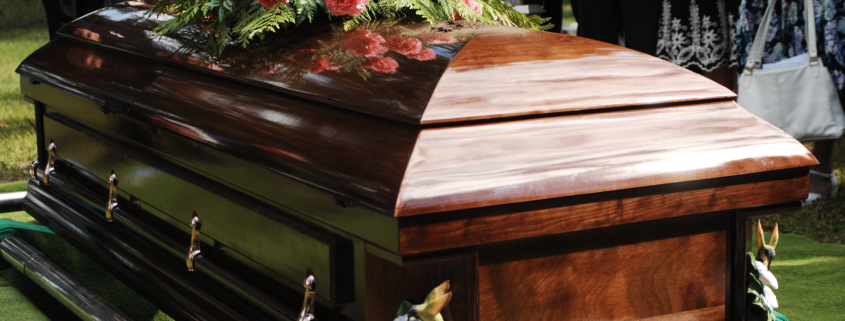If your family member dies as the result of another person’s negligence, you likely feel angry at that individual for their actions. When your grief is compounded by a sense of injustice, it can be doubly difficult to get your bearings.
This is where legal representation can be of the greatest value. You can navigate the grieving process without worrying about complicated legal matters. The first is deciding which type of civil suit is appropriate for your case.
Today, we will help you understand the difference between survival action and wrongful death. Both lawsuits offer the ability to pursue financial recovery from your family member’s death, just in different ways.
Hire a Florida wrongful death attorney to help guide you through this process and ensure you file the correct type of case.
What is wrongful death?
A wrongful death is the death of an individual as a result of another person’s negligence. Wrongful deaths can be caused by car accidents or medical malpractice, among many others.
Wrongful death lawsuits are lawsuits filed on behalf of the deceased to recover financial damages for their loved one’s death. Wrongful death lawsuits must be brought by the family of the deceased. Depending on your state, this may be more limited or broader.
In Florida, a wrongful death lawsuit can be filed by a spouse, an adult child, or the living parents of the deceased. It cannot be filed by a friend or business partner, even if they stand to suffer emotional and financial losses from the deceased’s passing.
Families file wrongful death claims to recover losses such as lost wages/earning capacity, medical expenses, loss of parental guidance for children, grief counseling costs, funeral expenses, and loss of companionship for spouses.
What is a survival action?
If a person dies, their estate can bring forth claims on behalf of them. This gives the estate’s trustees the ability to file a legal claim for personal injury or property damage as though they were the deceased individual. These are the claims that the deceased would have made if they had not been wrongfully killed by the defendant’s negligence.
Survival actions are made by the estate, so the damages received go back into the estate. Ultimately, the family may receive these damages through bequests in the deceased’s Will.
Damages in a survival action may include pain and suffering, loss of gross earning power from the date of injury through death, as well as an estimation of how long that person would have been working had they not passed away.
What is the difference between survival action and wrongful death?
Difference 1: Who can bring the claim (family vs. estate).
Difference 2: Types of damages recoverable (losses suffered by the family vs. losses suffered by the deceased).
Difference 3: How the damages are distributed (with or without estate tax).
In wrongful death lawsuits, a family member or loved one of the deceased can file a lawsuit to recover damages for which they have been wrongfully deprived. In survival actions, a member of the deceased’s estate can file claims on behalf of the deceased.
The difference between these types of litigation is not only in who brings them but also in what type and the amount of damages they claim.
In wrongful death cases, direct relatives file claims focused on the losses that they have suffered. For example, a spouse could claim the funeral expenses for the deceased. However, in a survival action, the estate would claim the pain and suffering that the deceased suffered.
The final difference between survival action and wrongful death is in their taxation. Wrongful death damages are not filtered through the estate, thus they are not subject to estate taxes. Since damages awarded in survival actions are added to the sum of an estate, these are subject to estate tax.
It is possible to file both a wrongful death lawsuit and a survival action for the death of the same individual, as long as they do not have overlap in damages being claimed.
Statute of Limitations Differences
Both wrongful death and survival actions must be filed within two years. If they are filed after this date, it is unlikely that they will be brought before the courts unless there are extenuating circumstances.
However, there is a difference in when the statute begins. In wrongful death claims, the clock starts the day the deceased died. However, for survival actions, the clock starts at the date when the injury occurred or six months after the deceased’s death.
Contact a Wrongful Death Attorney
There are many situations in which it can be difficult to determine who or what caused the death of your loved one. When this happens, hiring a wrongful death attorney becomes necessary for your best chance of success.
Here are some reasons why these attorneys will help you get justice:
- Experience handling different types of claims
- Critical understanding of the difference between survival action and wrongful death
- Knowledge about how insurance companies work
- Expertise with complex litigation procedures
- Ability to negotiate favorable settlements before going to court
- Familiarity with all aspects of the law that may apply
If you have lost a loved one due to someone else’s negligence, we are here to help. Contact Lytal, Reiter, Smith, Ivey & Fronrath today to start the process of getting justice for you and your family. We will ensure that you do not suffer financially for someone else’s mistake.




